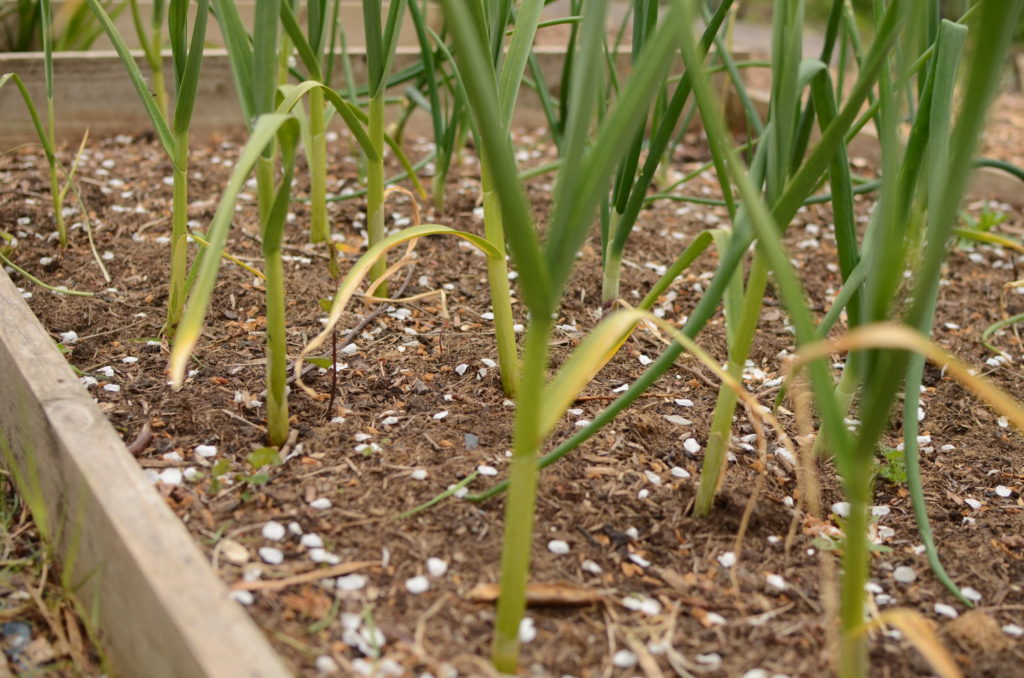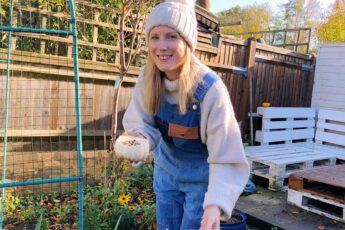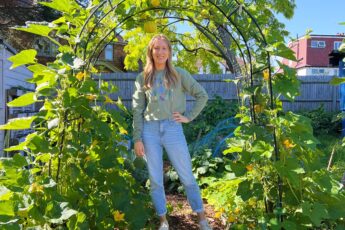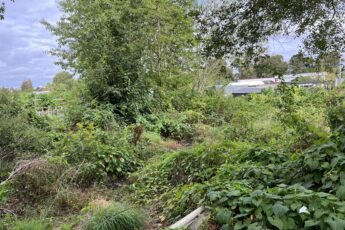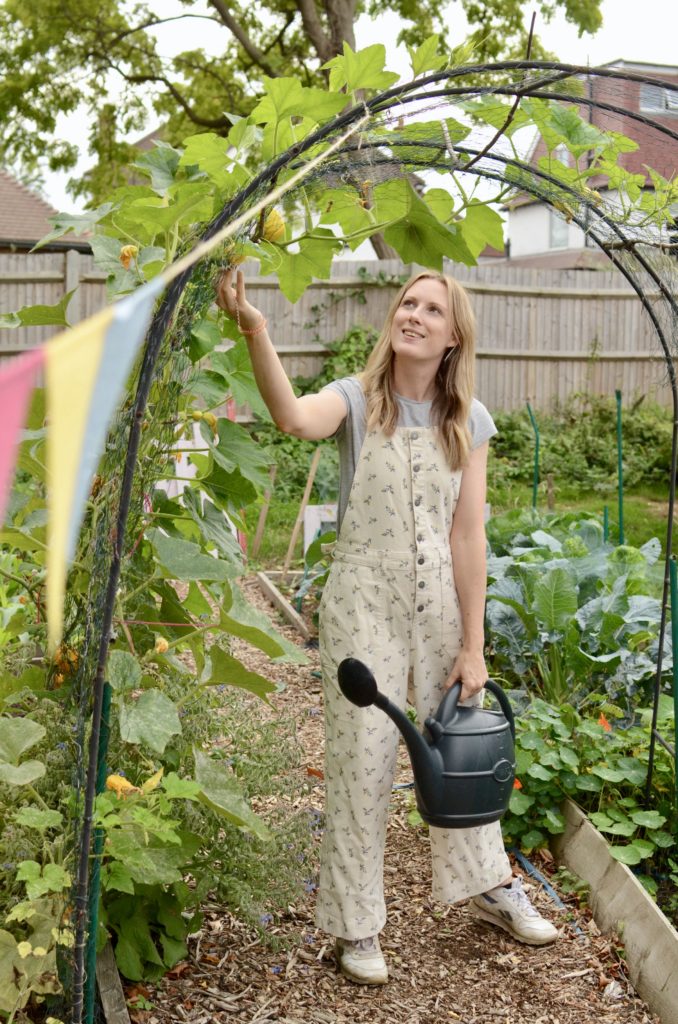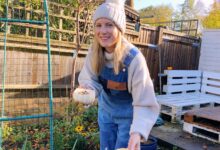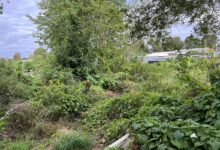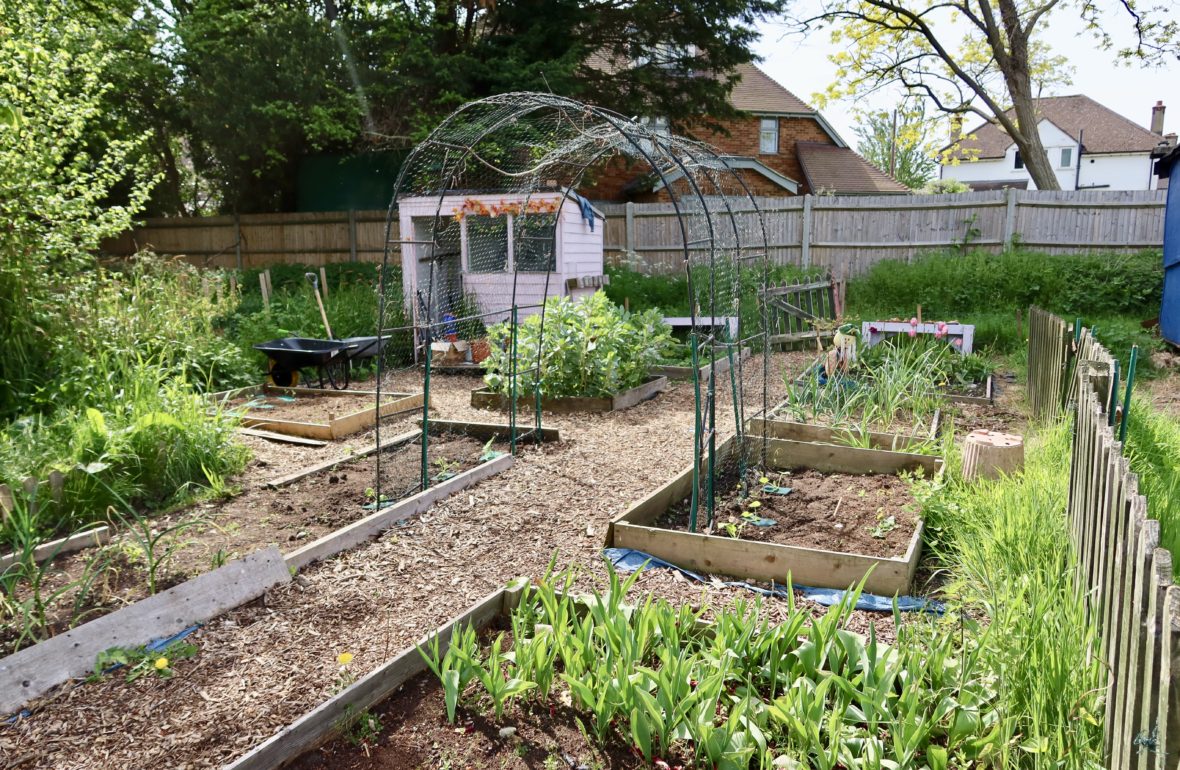
A lot of people ask me how to make a no dig raised bed for their back garden or allotment plot. When I started my allotment I was drawn to raised beds because they just felt like they would be easier to maintain. At an allotment plot, being able to work one bed at a time is so practical and raised beds make for easy access for wheelbarrows and weeding because paths can be made around them.
I had no idea how to make a no dig raised bed when I first started my allotment plot. I didn’t know what the difference was between dig and no dig and I wasn’t even sure how to practically built the beds. So I threw them together as best I could and hoped for the best. 3 years later, they are still standing and I have a far better understanding of what no dig actually means for your garden!
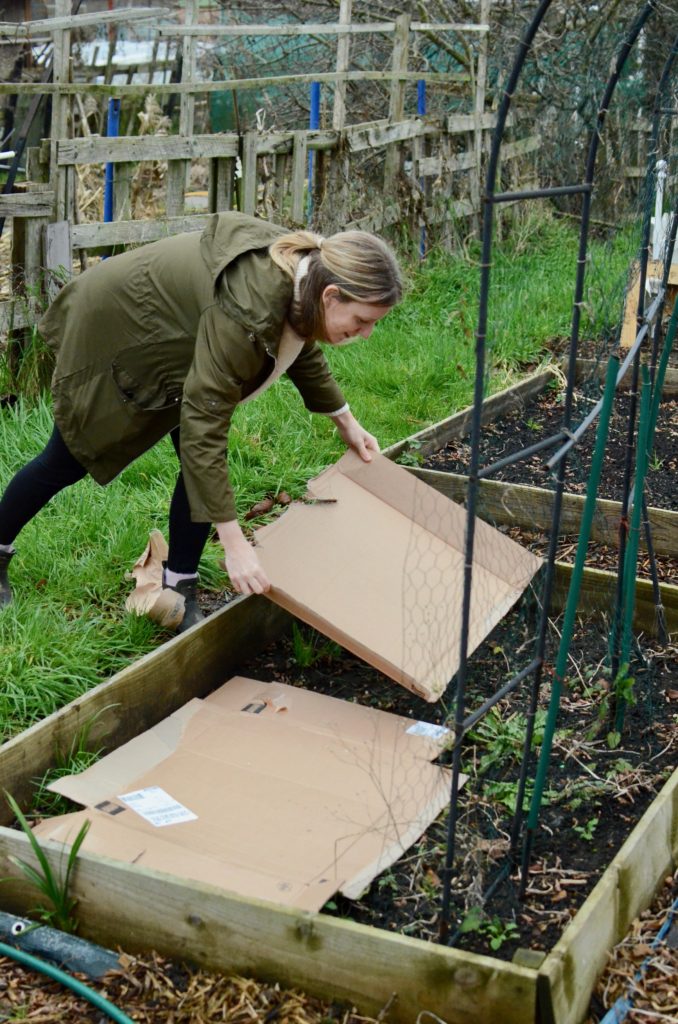
WHAT IS NO DIG?
No dig is the process of layering up your soil instead of digging new material in. It promotes a healthier bio-diversity in your soil and encourages insects into your compost which in turn adds minerals, vitamins and all the components your growing material needs.
No dig is achieved my layering up your soil or raised beds with natural material and then leaving it to rot down on its own. The worms, insects and bacteria within the soil will help to break down the materials and will make a really healthy growing compound, rich in bio diversity and goodness.
The downsides of no-dig is that it can be very expensive if you are have yet to make your own homemade compost. If you have deep raised beds, it would take a lot of material to fill them. Fortunately, you don’t need to use only expensive compost. Leaves, woodchip, manure, straw and even cardboard can all work well in a raised bed.
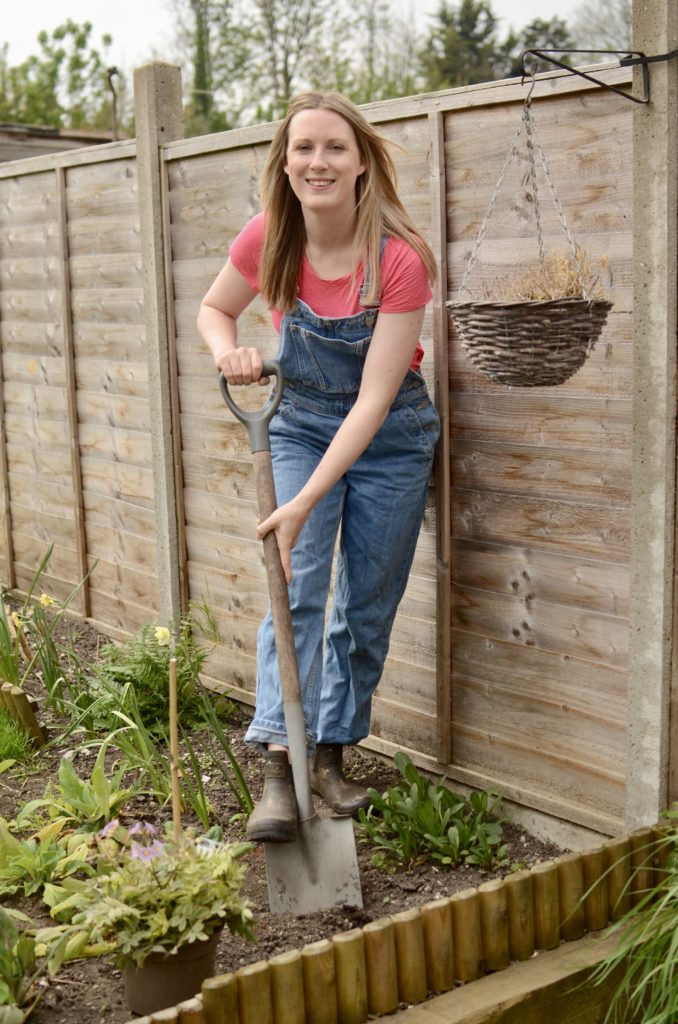
HOW DO YOU PREPARE A NO DIG RAISED BED?
So how do you make a no dig raised bed? Beds can be made from any kind of weather treated wood. Examples of wood you can use include gravel boards, scaffold boards, decking boards and even sleepers. A lot of the time you can get wood for free from timber yards, building merchants or even out of skips. If you don’t ask, you don’t get!
Once your bed is built, it’s time to fill it.
A layer of cardboard is brilliant as it suppresses weeds as well as rot down nicely into the ground. Worms love it and as it rots down they will be drawn up from beneath. Give your cardboard a good water once you’ve laid it down.
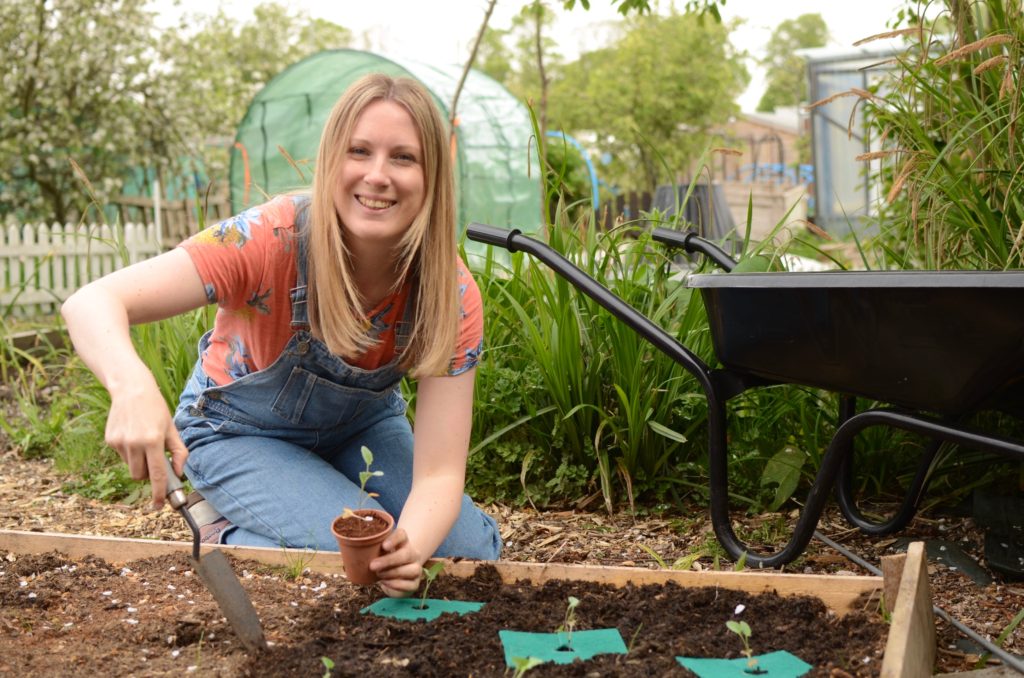
Next, it’s time to fill with whatever natural material you can find. Some good ideas are:
- Woodchip (well rotted)
- Manure (well rotted)
- Straw
- Ripped up paper
- Coir product
- Logs and sticks
- Compost (homemade or shop bought)
Make sure that things such as woodchip and manure are well rotted down before adding them to you raised bed. Also, be aware that fresh manure will burn the roots of tender plants, so do make sure to let it rot before adding.
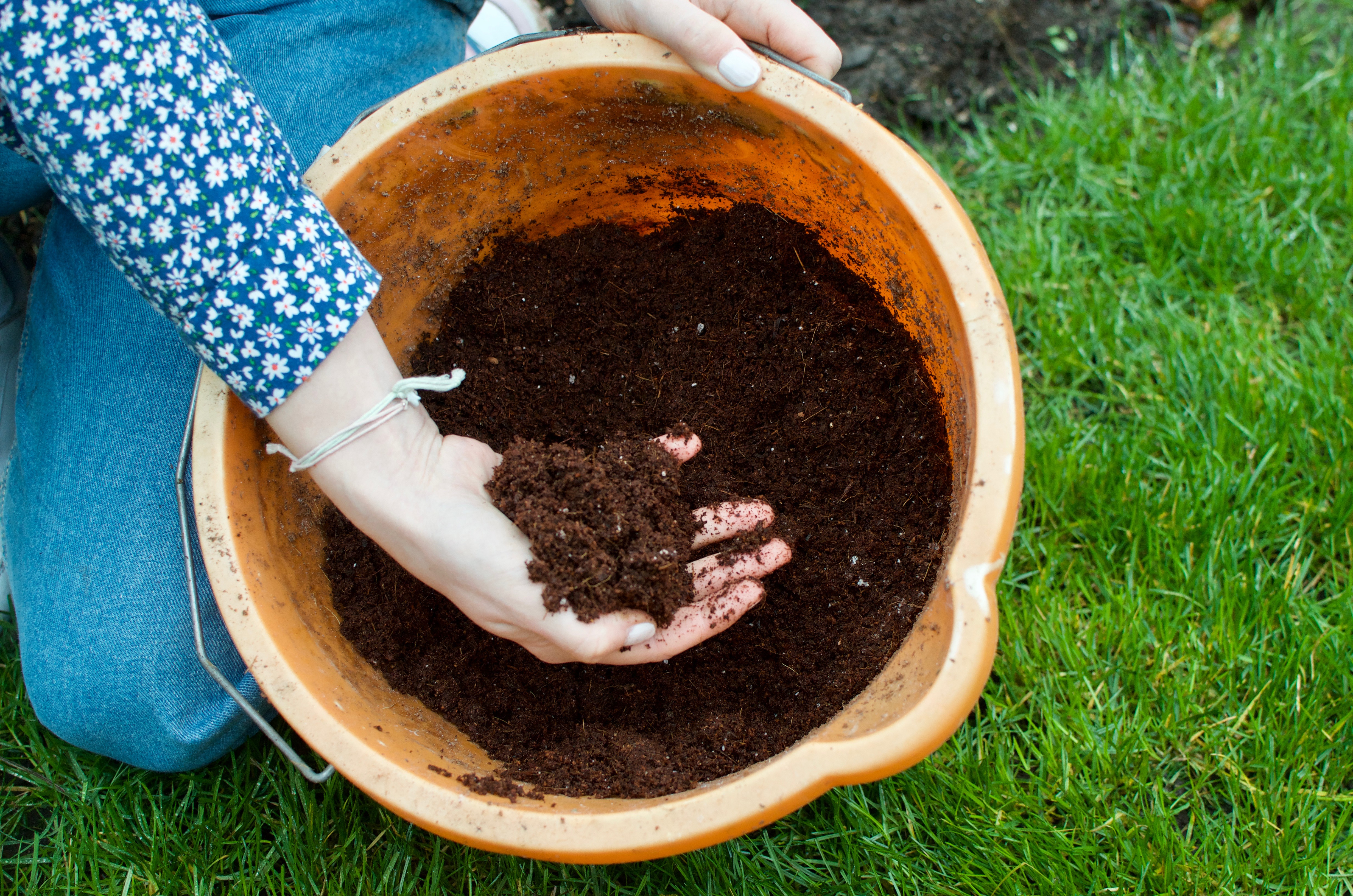
WHEN CAN YOU PLANT IN A NEW NO DIG RAISED BED?
This really depends on how you have made it and what you plan to grow.
Shallow rooted crops such as lettuce and beetroot can probably be planted as soon as your compost layer is on top.
If you have used a lot of larger natural materials, such as logs, sticks or a thick layer of cardboard, it’s best to wait 3-6 months for this to rot down and create a viable growing base.
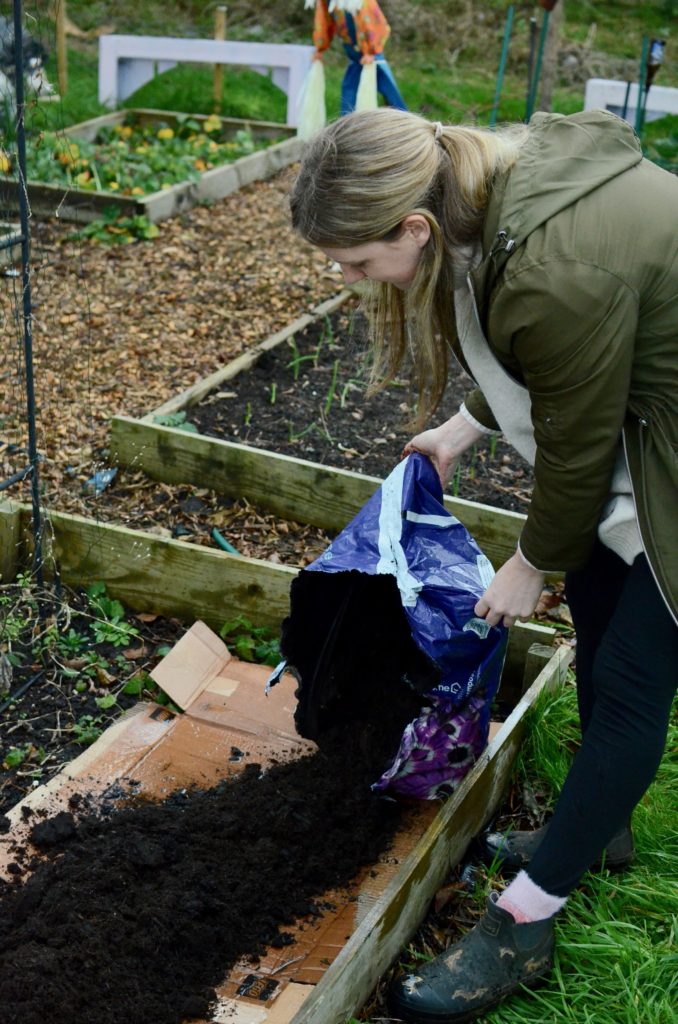
WHEN IS THE BEST TIME TO START A NEW NO DIG RAISED BED?
The beauty of a no dig raised bed is that you can start it whenever you want! However, if you want to use your outdoor space to it’s optimum for growing, then starting a no dig raised bed in the late Autumn/early Winter is probably best. This will give your bed plenty of time to rot down. You could even cover your bed with a groundsheet or fleece to warm the soil up for growing in the spring.
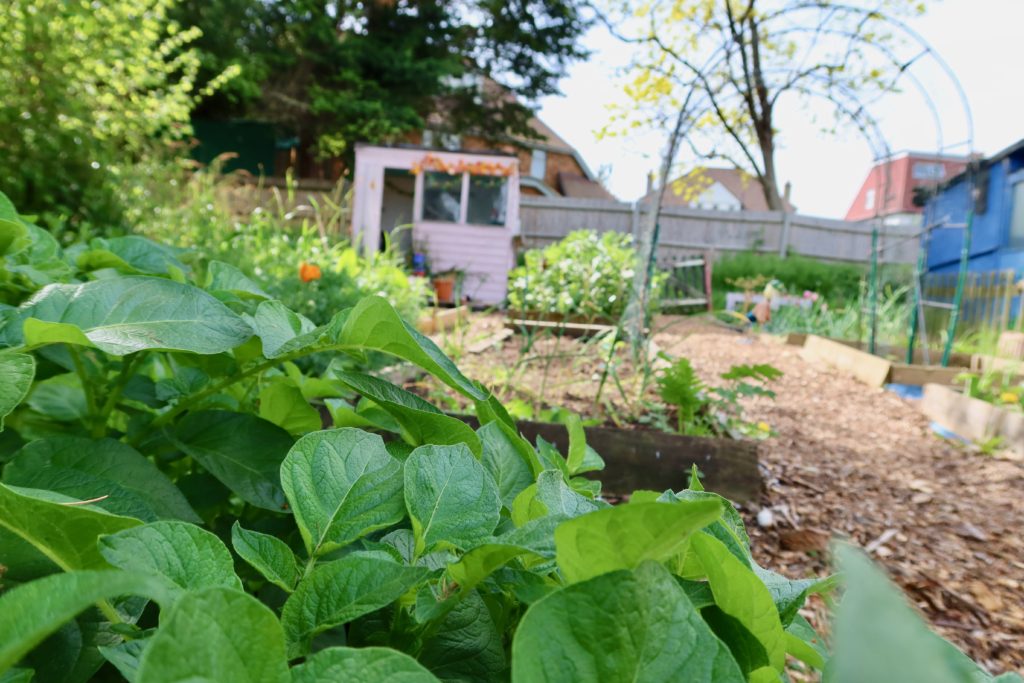
WHAT ARE THE BENEFITS OF A NO DIG RAISED BED?
Benefits of creating a no-dig raised bed include:
Less Weeding! Oh yes, weeds are less likely to grow excessively in a no-dig bed thanks to the continuous act of mulching which helps to block out light and the chances of seedlings germinating. The lack of digging also stops weed seeds from being distributed around your garden!
Healthier soil. Thanks to the bio diversity in your bed, your soil will be healthier. And a healthier soil results in healthier crops.
Cleaner harvests. Vegetables that are harvested from a no-dig soil are usually cleaner with less soil hanging onto the crop. This results in less washing!
